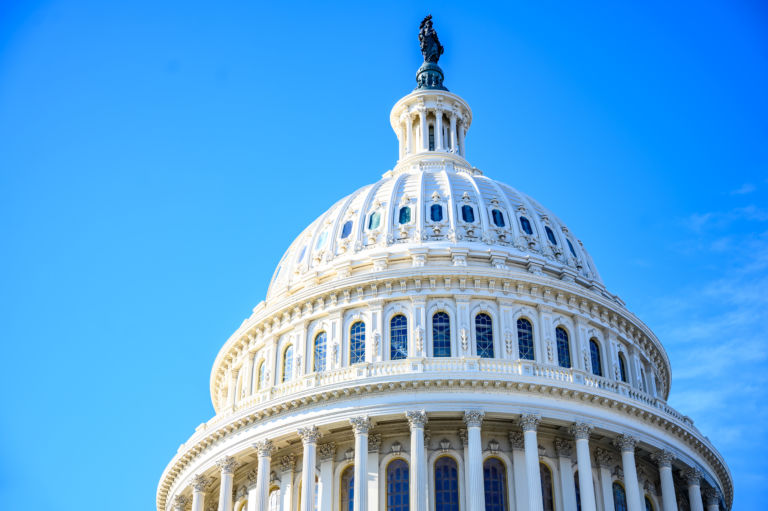Samuel Gregg writes for National Review Online about a dangerous consensus surrounding federal government debt.
On June 15, 2023, America’s national debt reached $32 trillion. On September 15, 2023, it surpassed $33 trillion.Think about that. In just 92 days, the United States added $1 trillion to its public debt.
As has become routine on these occasions, there was some huffing and puffing about how America can’t keep going like this. Then the story receded from the headlines. The topic will surely resurface whenever America gets close to its official debt limit. But, as night follows day, that limit will be raised after the usual band-aid is applied.
The economic consequences of an expanding national debt are well-understood. Ever-increasing interest payments on a growing debt, for example, will compromise the country’s capacity to respond to a genuine national crisis.
But above all, there are the negative effects of a metastasizing national debt on economic growth.
In their well-known 2010 American Economic Review study, which examined data on 44 countries over approximately 200 years, the economists Carmen M. Reinhart and Kenneth S. Rogoff concluded that developed nations with gross-public-debt levels that exceed 90 percent of GDP see their “median growth rates fall by one percent, and average growth falls considerably more.”
That paper generated enormous debate and considerable pushback. Yet as one subsequent 2021 analysis of studies of the topic noted, “While weaknesses in the economic literature undoubtedly exist, they do not invalidate the broadly well‐founded conclusion drawn from the survey of 40 empirical studies—that high levels of public debt have a negative impact on economic growth.”
Compounding this is the risk that our debt problem will generate a vicious fiscal cycle whereby slowing growth leads to weaker federal revenues and thus a growing reliance by government on debt to bridge the gap between its income and expenditures, which in turn further diminishes economic growth.


